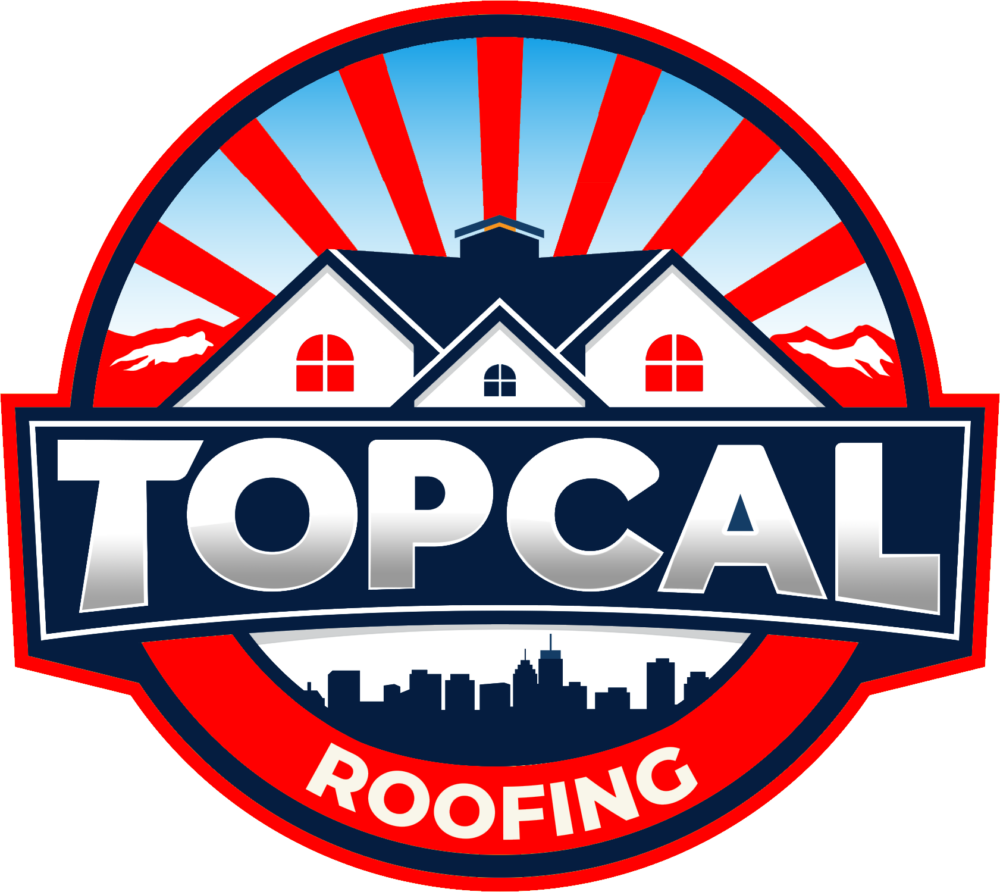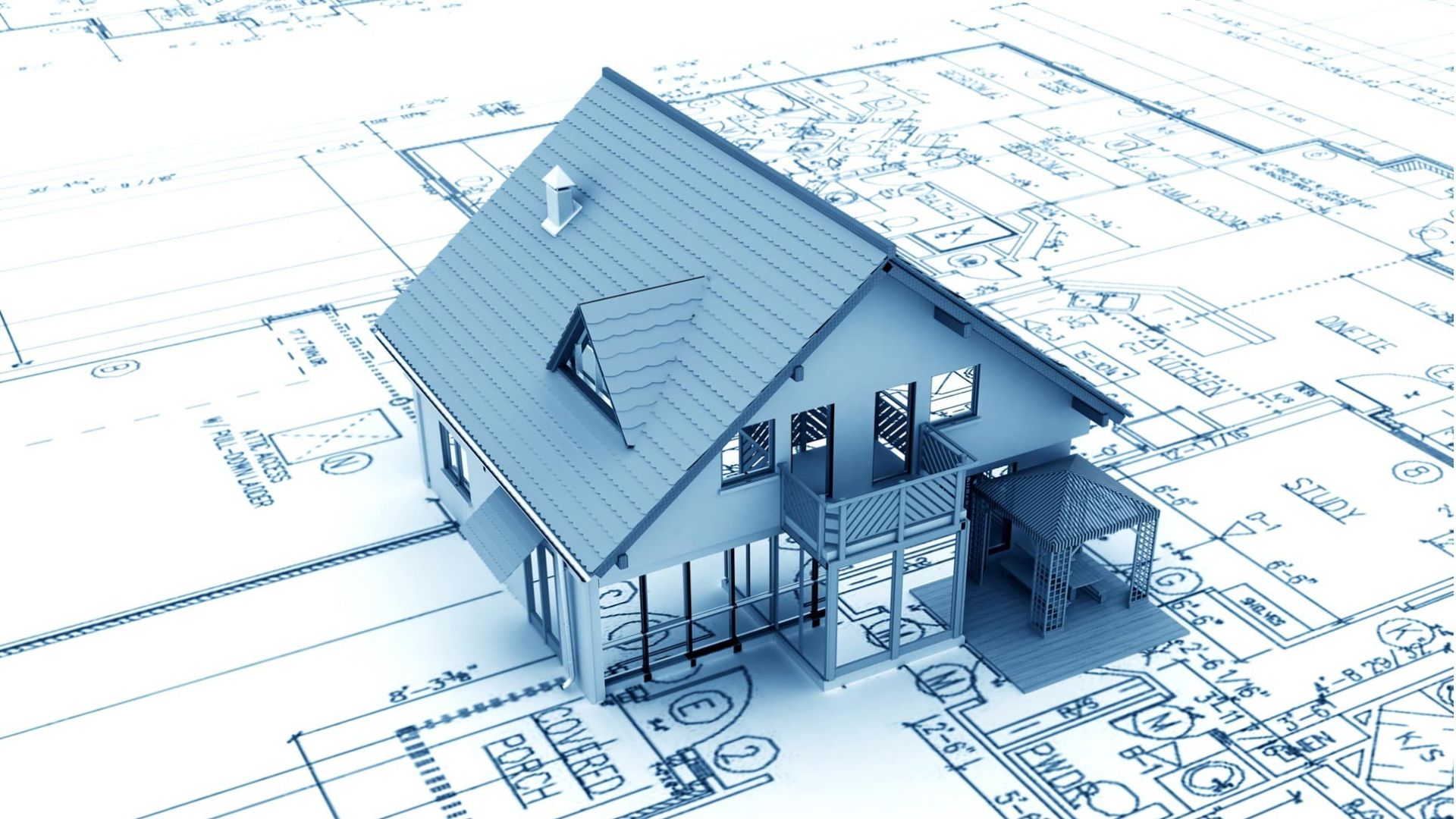Roof design architecture: the guide with roof components, types and materials. Here are some useful tips and a project file to use as an example

Designing a roof is one of the most important steps in the design process being crucial to the performance of all types of buildings due to its function of protecting indoor environments. But how do you design a roof? Where do you start?
This focus article guides you through the various phases identifying the fundamentals to ensure that specific designs meet client’s needs.
Contents [hide]
Roof design Examples
- The first example will illustrate a gable roof design with a BIM design software using different materials: reinforced concrete, wood and steel.
- A second example will focus on the design of three different roof types, in terms of the number of roof slopes built with different materials.
In both cases you can download the DWG files and 3D models.

Roof project cross section
Click here and try the 30-day free trial version of Edificius, the 3D architectural design software
How to design a roof: reference standards
Meeting the regulatory requirements is a key aspect of any planning process. There are some fundamental design principles and local or regional standards when it comes to designing a roof that should be considered.
Primarily, general guidelines that are standardized at a national level, such as structural aspects, should be met.
Roof components
Here are some elements that characterize a roof:
- Roof ridge – intersection line of the two roof slopes on the highest part of the roof
- Valley – concave joint or angle created when two sloping roof planes meet (angle <180 °) where rainwater has to be channelled downward into a gutter.
- Hip – horizontal or inclined line that represents the convex angle or joint where two opposing sloping roofs meet (angle> 180 °) from which rainwaters tend to flow away.
- Drip edge – line that delimits the roof slope in its lower part and where the gutter channel is typically inserted for the collection of rainwater.
- Pitch change – line that joins two slopes with different but not opposite slopes.
- Gable/Rake – inclination line that defines the side of the roof slope
- Eave – part of a roof that meets or overhangs the walls of a building.

Different roof components
Types of roof structures
The first considerations to make when designing a roof will be determined by its typology. The factors involved when making any distinctions are:
Pitch
An incorrect design of the slope could favor the infiltration or ponding of water or an excessive deposit of snow. In this regard, you can have (slope 45 ° = 100%):
- Pitched roofs: this refers to roofs with an inclination of more than 5%. This typology can have different characteristics in relation to the location in which it is designed (ranging from an inclination of about 30%, in areas with a dry climate, up to inclinations with more than 150% in areas where snow is abundant)
- Flat roofs: they have a minimum inclination (generally between 2-3%) sufficient only to guarantee the flow of water down to the drains. This type of roof surfaces can be walkable (by increasing the usable area of the building) or not walkable (when only accessible to maintenance staff).

Inclination chart in percent-degrees
Water disposal
Depending on how rainwater finds its way to adequate points of drainage and it gets disposed through the pipework and then to ground level drainage, we can distinguish:
- single pitch roof: water flow takes place along a single roof slope that is placed on walls with different heights.
- gable roof: water flow takes place along two opposite slopes that join on the roof ridge. On the sides they are connected with the load-bearing walls along the drip edge
- hip roof: drainage is ensured along the entire perimeter of the drip edge extension.
Materials of the supporting structure
Here you can find an overview of the different types and the most suitable roofing materials for each roof shape:
- concrete: represented by a framed concrete structure consisting of beams placed on columns that support a concrete and masonry floor slab. This is usually built up with hollow block, joists, a concrete slab, flooring screed and surface lining. A variant is represented by the concrete trusses, prevalently used for industrial structures.

Example of a reinforced concrete roof structure
- timber: List of components in timber roof structures:
- ratfters
- purlins
- trusses
- frames
- timber: List of components in timber roof structures:
In all cases we have a main structure (made up of the elements above) and a secondary structure made up of secondary joists placed above the main structure and providing adequate support for the tiles and paving.

Timber roof example
- steel: Most forms of steel framing may be grouped as follow:
- framed (beams and columns) which generally supports prefabricated roof panels
- trussed
- with steel truss beams
- steel: Most forms of steel framing may be grouped as follow:

Steel roof example
How to design a roof: general features
Slope calculation
To correctly calculate the slope of our new roof, we now need to evaluate various aspects, such as the materials to be used, the climate zone or the possible use of an attic.
From a regulatory point of view, there is no single indication that requires minimum or maximum slope values.
A very simple method for calculating the slope is determined by the following formula (considering a right-angled triangle):
P (%) = PQ/OQ x 100
where:
P(%) = pitch value expressed in percentage
PQ = sin α;
OQ = cos α;
OP = 1;
P’Q’ = tangent α = pitch (P)

Slope calculation chart
What are the pros and cons of different roofing materials?
In this section, we will help break down the differences in material roofing options, and the pros and cons of each material.
Steel
Advantages
- Features that make this material perfect for very large spaces. In fact, steel structures allow us to cover wider column spans
- Faster delivery – very short commissioning times
- Lower error margins as prefabricated elements are factory tested for on-site mounting efficiency
- Lighter structural elements compared to concrete
- Durability: good resistance to corrosion, mould, animals (such as termites); etc.
- Being a bad conductor of humid air and by adding insulating materials, it also offers better thermal performance
Disadvantages
- Cost of raw materials, even though they are quickly amortized by savings for the installation and maintenance
Wood
Advantages
- Eco-sustainable material
- It can be easily disposed of at the end of its life-cycle
- Lightness, so as to make it one of the best solutions for interventions on existing structures
- Being a breathable material, it easily avoids the accumulation of moisture and the formation of condensation
- High elasticity of the material offering great resistance to seismic actions
Disadvantages
- It needs continuous maintenance to prevent the structure from being damaged by water infiltration, from the sun, from insects, etc.
Reinforced concrete
Advantages
- Low chances of making mistakes and damage due to inexperience
- It ensures good hygro-thermal comfort conditions
- Good seismic performance
- Time- and corrosion-resistance to atmospheric exposure
Disadvantages
- Longer installation times
4 useful tips to designing a roof
Here are some tips for designing a roof that can make the entire construction process easier.
- consider using roof slopes that have the same inclination
- the eaves line should lie along the same horizontal plane
- minimum use of hips, since these areas represent a higher risk to water infiltration
- water disposal shoud always take place externally to the structure.
Read also: “Gable Roof Guide: Advantages and Disadvantages, Types and Guidelines”
Download the entire set of project drawings DWFs and the 3D BIM model
The links below provide the project drawings in DWG and the BIM architectural models of a roof design project together with the software used to produce them.
Download the DWG layouts of the different types of roof examples


